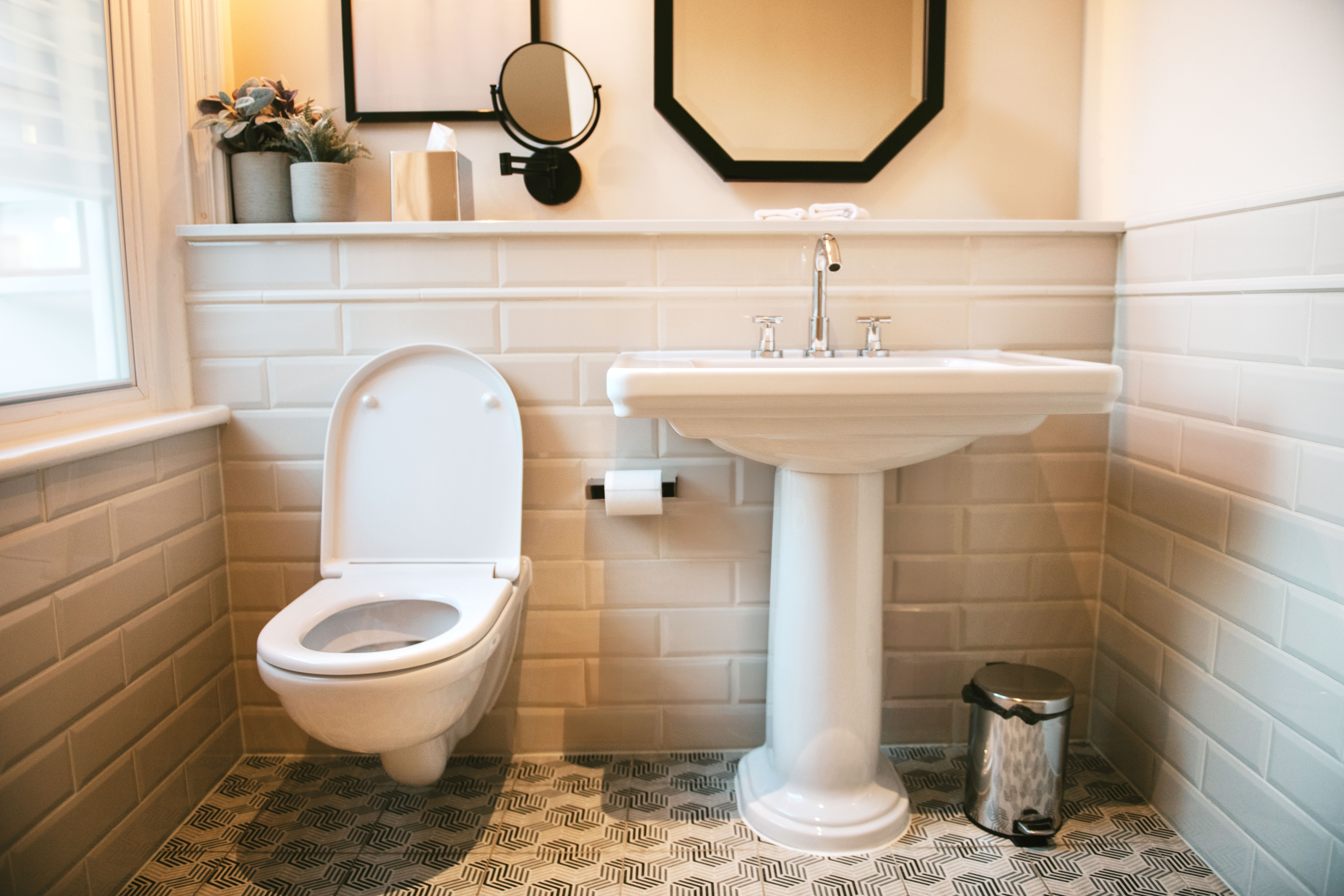
Learn how much a plumber costs in Atlanta and how to hire a licensed pro for repairs, upgrades, or emergency plumbing service in your neighborhood.
Make your shower rain with these five diverter repair methods


Fixing a shower diverter may look simple, but it’s often more complex than it seems.
Pros typically charge $150 to $550 for this repair, which includes identifying the root cause and replacing faulty parts.
Multiple issues—like corrosion, worn washers, or mineral buildup—can cause diverter problems. Misdiagnosing them can lead to low water pressure, inconsistent temperature, or even leaks behind the wall.
Licensed plumbers not only fix the diverter but also check for related plumbing issues and recommend any necessary maintenance.
You don’t give your shower components a second thought when they’re working correctly, but as soon as there’s an issue, you may want to take a closer look at your plumbing. Your shower is made up of a few different parts, and the shower diverter is one of the most essential to a functioning shower. If your bathtub leaks, you have issues with water temperature, or it’s difficult to switch on your showerhead, try the steps in this guide for how to fix a shower diverter.
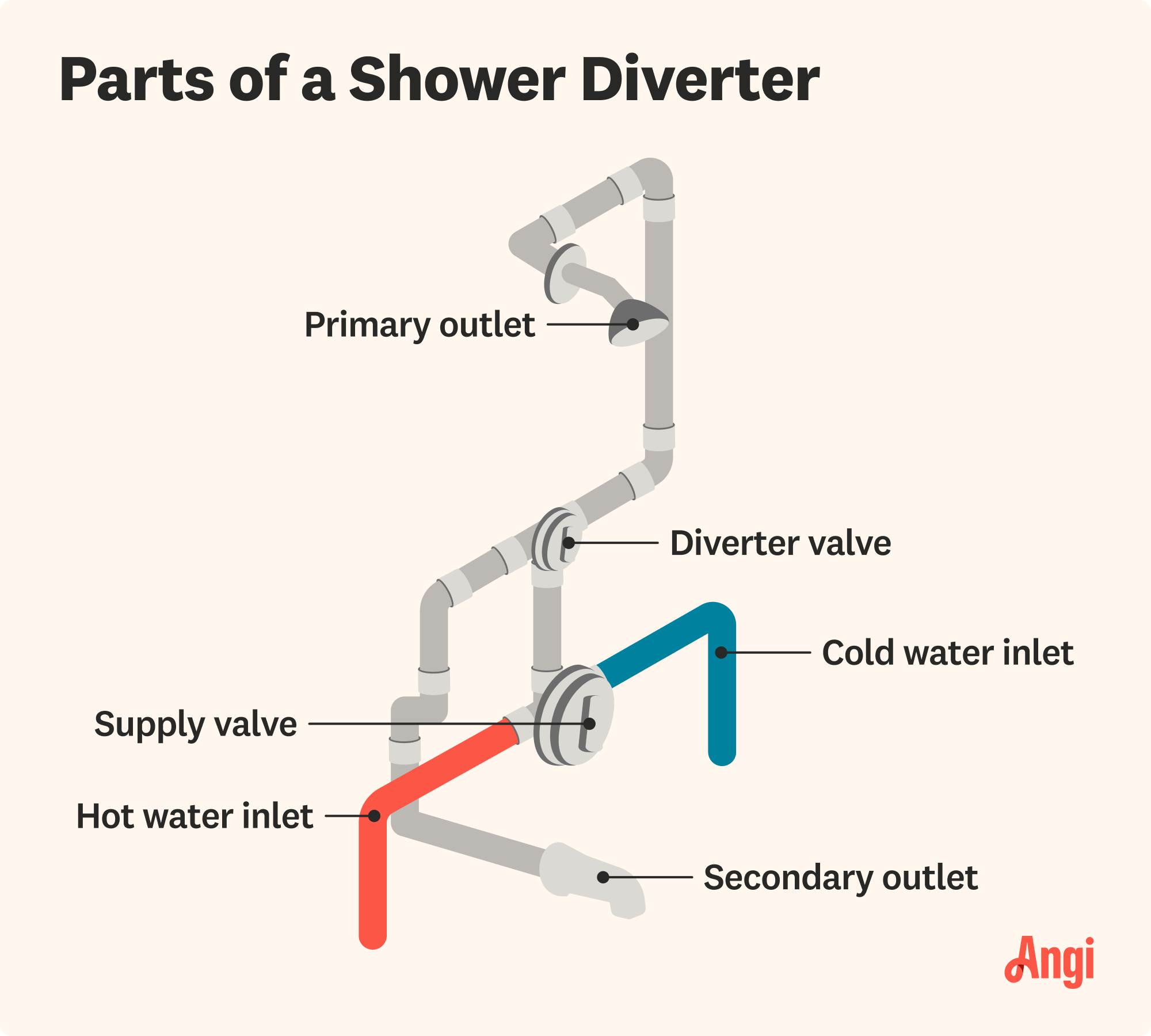
If you have a tub-shower combo, you have a shower diverter—a tiny valve that directs water to your showerhead instead of your tub spout. Depending on the layout of your shower plumbing, you may have a diverter that switches the flow of water to a handheld sprayer. Over time, shower valves can develop issues. The most common problems are caused by:
Mineral buildup: If you have hard water, minerals can build up and clog your diverter.
Age: Shower diverters can last 10 to 15 years, but you may need to replace washers or other components sooner.
Corrosion: If your shower valve malfunctions, water can seep into the internal components and cause them to rust.
For most homeowners, a shower valve replacement costs $150 to $550. Unless there’s a bigger underlying issue with your plumbing, this is a simple task for a licensed plumber that takes one to two hours.
You’ll want to make repairs to your shower diverter as soon as you start having problems. These issues can compound if parts wear down enough to compromise other internal components. Luckily, there are a few clear signs that your shower diverter is starting to fail:
Leaking from the bathtub faucet
Water flows from the tub spout and shower simultaneously
The handle or lever is stiff and difficult to use
Reduced water pressure
Inconsistent water temperature
Your diverter makes unusual noises, like a high-pitched squeal
Depending on the specific problem, there are several ways to fix your shower diverter. Before you attempt repairs, turn off your water. You can use the shower water shut-off valve, but if it’s not accessible, turn off the main water shut-off valve. Run a nearby faucet to drain the line, then follow these steps.
Always turn off the water before starting a plumbing project. Doing so helps protect your home in case of flooding and water damage. You can shut off the water at the faucet or fixture you're working on or turn it off at your home's main shut-off valve.
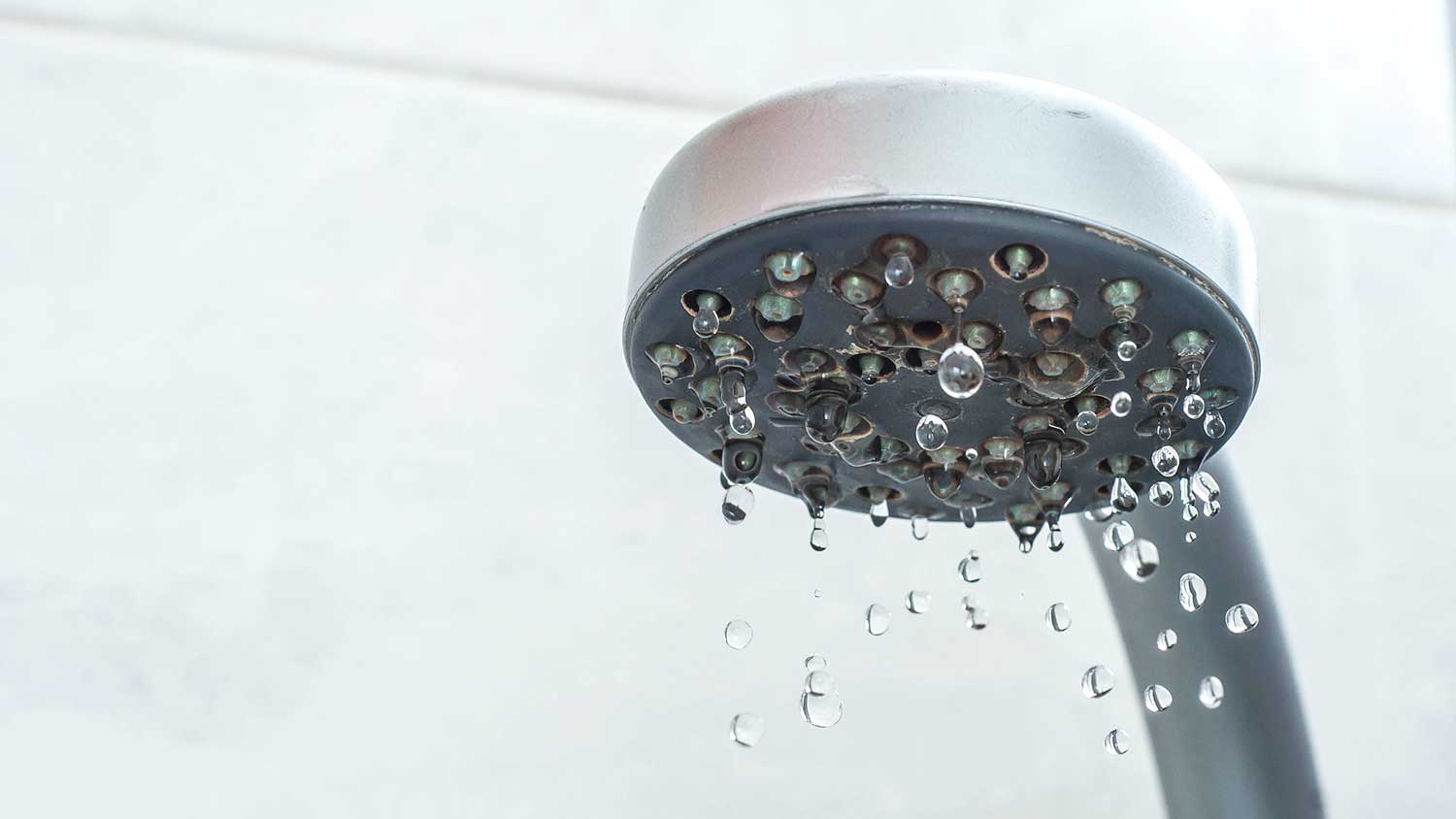
If your shower is leaking, you can fix your shower diverter by:
Remove the tub spout: Some spouts twist off the wall when you turn them counterclockwise, but you may need to use a utility knife to cut the surrounding caulk. For some models, you might have to remove a screw at the base of the spout, then pull the faucet off the wall. You should also remove escutcheon plates or decorative coverings.
Clean the faucet: Inspect the inside of your bathtub faucet and try to clean the mineral buildup. You can scrape off grim with a screwdriver or file. If that doesn’t work, soak the tub spout in vinegar overnight.
Replace the rubber washer: A worn-down rubber washer causes most diverter leaks. Inspect the washer, and if it looks dirty, clean it. If it looks damaged, replace it.
Add plumber’s tape: The old pipe, where you removed the spout, should have a layer of plumber’s tape. Remove the old tape and replace it with new tape. If you skip this step, your spout will leak.
Reinstall the tub spout: Reinstall the spout by reversing the steps you used to remove it.
Blockages are common in areas with hard water. Remove your escutcheon plates or spout using the steps above, then follow these steps:
Disassemble the cartridge: To clear potential blockages, you’ll need to dismantle the individual components inside your diverter. Use a wrench to remove the diverter cartridge from the valve body.
Inspect your diverter: Take a look at the components, including the rubber washer (known as a rubber seat) and spring.
Replace worn-down components: If your spring and washer are worn down, replace them using a repair kit that matches your model.
Clean the components: Thoroughly clean each individual component. Soak the diverter in vinegar overnight to loosen the buildup, then scrape it off with a small brush or screwdriver. You can also blow air into the diverter to try and loosen the buildup you can’t reach.
Remove the stem: Remove and then reinstall the stem of the diverter using a wrench. Make sure the connections are tight and it’s working properly. Turning the stem can help loosen built-up debris.
Reinstall the cartridge and test your work: Once you’ve cleaned and tightened the parts, you can reinstall your diverter cartridge and the tub spout or escutcheon plates you removed to access it. Turn on the water and check your work.
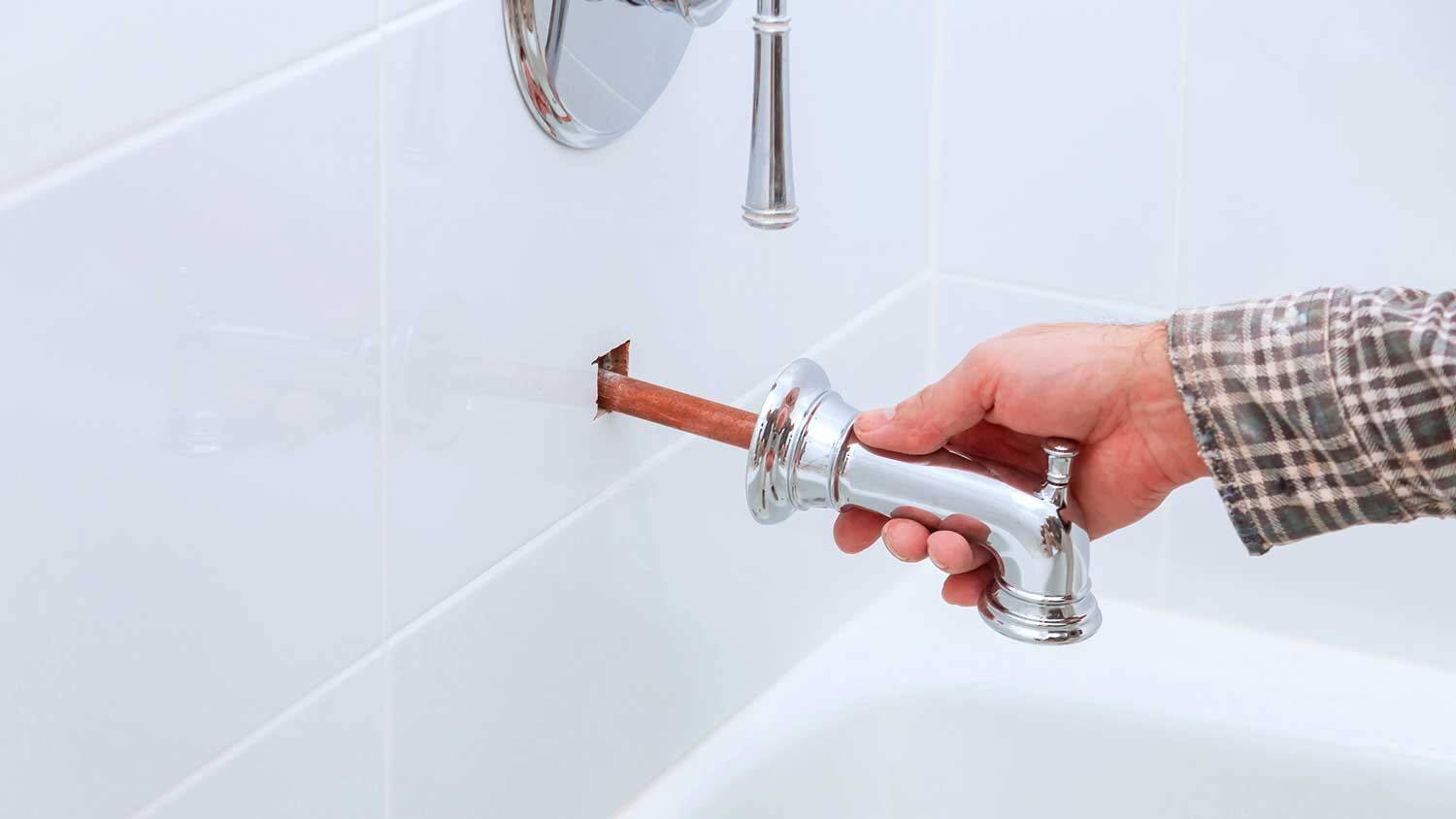
If you have a shower diverter with a lever, you can fix water pressure by addressing issues with the gate—a small plastic component that flops to block the flow of water.
Follow these steps:
Remove the tub spout: Remove the spout either using a screwdriver or by twisting the spout off the wall.
Clean the spout: Mineral buildup can impact water pressure, so use a file or screwdriver to scrape off the grime. If needed, soak in vinegar overnight. This may be enough to solve the problem.
Inspect the gate: Look at the gate attached to the lever rod. If it’s bent or damaged, you’ll need to install a new gate (if you can find a match for the part) or replace the diverter.
Reinstall the spout: Reinstall the spout by reversing the steps you used to remove it.
Check the lever: Once the spout is reinstalled, you can turn the water back on and pull the lever to see if the diverter works. If not, you’ll need to call a pro.
If you have temperature control issues, this could involve appliances beyond the diverter. You can try to fix the problem by replacing your shower diverter per the manufacturer’s instructions. If that doesn’t solve the issue, there could be an issue with your hot water heater. You’ll need to hire a plumber to take a look and diagnose the problem.
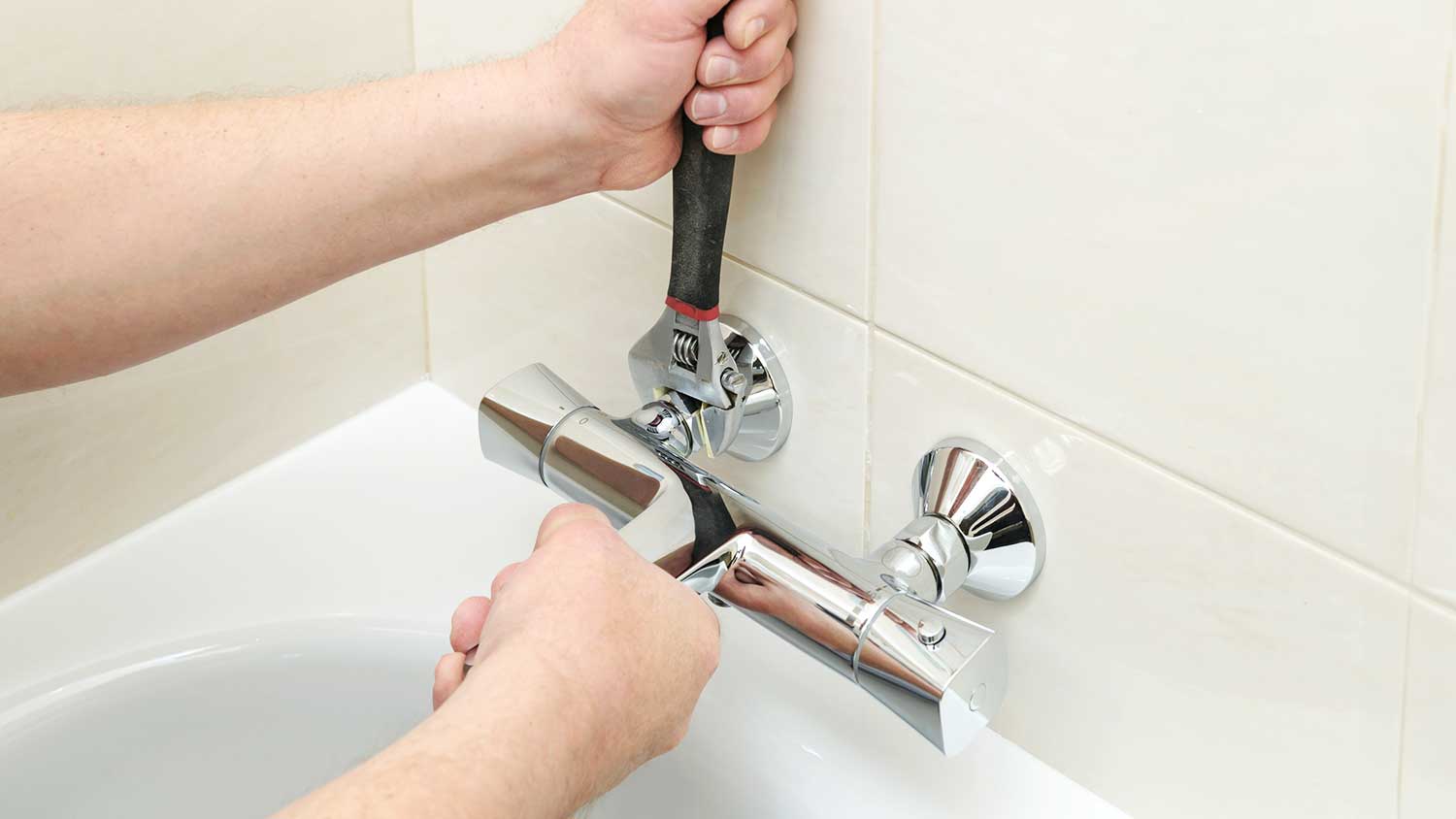
If your diverter is noisy, there could be a loose part you need to tighten or blockages you need to clear. Follow these steps:
Check for loose parts: Before you turn off your water supply, check the faucet for loose parts. Tighten them with a wrench. If that doesn’t fix the noise, turn off the water supply.
Take apart the diverter: Dismantle your diverter. Depending on the type of diverter, you may need to take your spout off the wall. Remove the nuts on the diverter before disassembling it.
Clean the diverter: Look for clogs inside the diverter. Use a screwdriver to scrape away debris or soak the components in vinegar overnight.
Reassemble your diverter: When you’re done, assemble and reinstall your diverter and (if necessary) tub spout.
You may eventually need to replace your shower diverter after years of use, but you can stretch its lifespan with proper maintenance. These steps will help prevent issues with your shower diverter:
Clean your diverter regularly: You can scrub the inside of your tub spout with a brush. If you have hard water, you may want to fill a bag with vinegar and tie it to your tub spout, then let the spout soak for a few hours. Repeat this every one to three months.
Lubricate the parts: Sometimes the lever becomes difficult to operate. Rather than forcing it and damaging the components, spray the stem with a lubricant to loosen it up.
Make prompt repairs: If your plumbing starts having issues, make repairs sooner than later. A small leak can turn into a big leak if it’s left to its own devices.
Handy homeowners can solve some issues with their shower diverter on their own, like cleaning or tightening components. Those with plumbing experience may be able to replace a small part using a repair kit from a local hardware store. That said, repairing a shower diverter is a small job for a professional plumber. You may end up spending more fixing a bad DIY than you would on the service in the first place, especially if you end up with water damage.
When you have issues with your home’s plumbing, it’s always a good idea to call a licensed plumber near you. This is especially the case if you have temperature control issues that may require work on appliances like a boiler that uses natural gas. In this case, a DIY is hazardous, and you could end up hurting more than just your pipes.
From average costs to expert advice, get all the answers you need to get your job done.

Learn how much a plumber costs in Atlanta and how to hire a licensed pro for repairs, upgrades, or emergency plumbing service in your neighborhood.
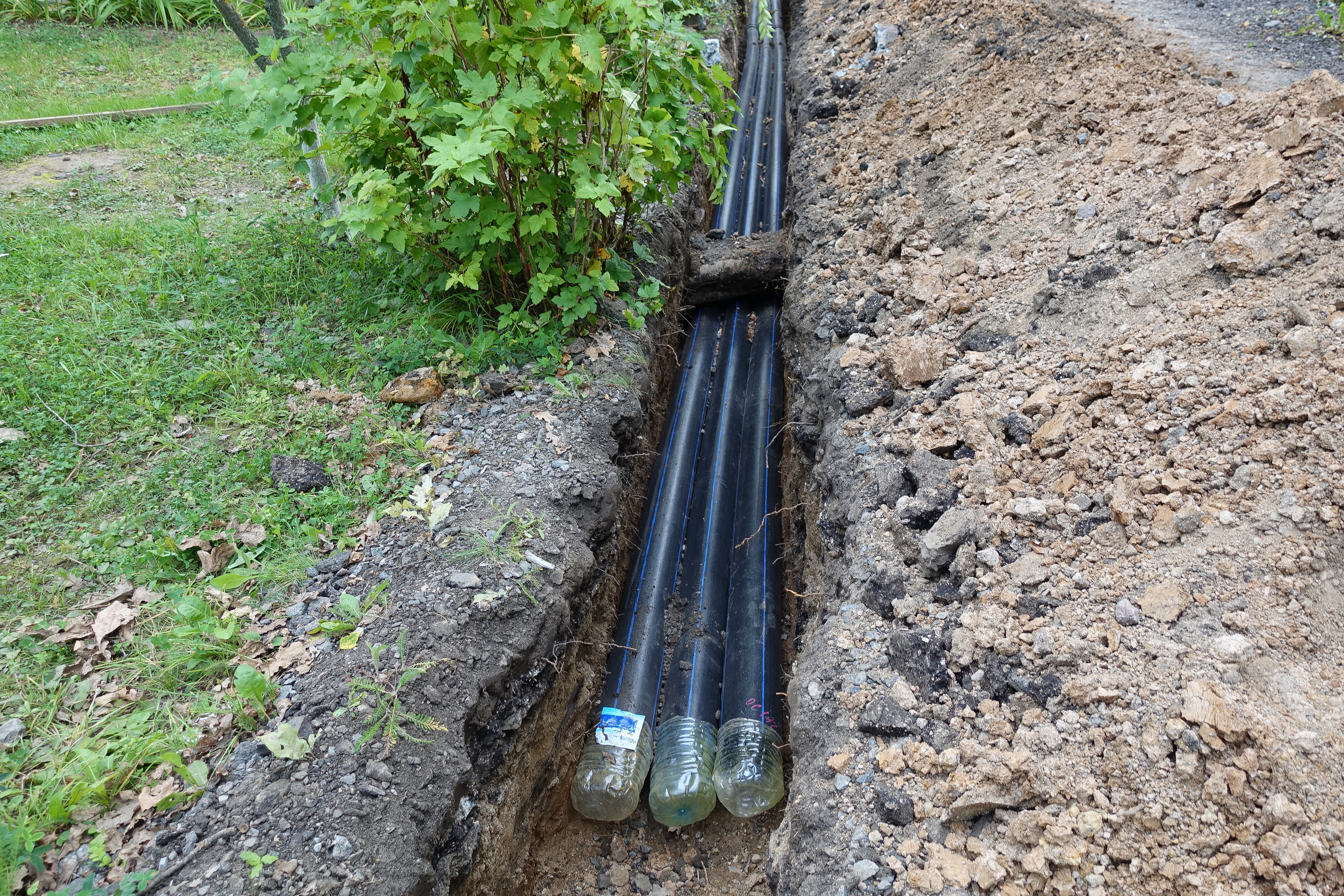
Discover the primary factors that will affect your main water line replacement cost in Atlanta, including length, material selection, and installation method.

Discover average main water line repair costs in Atlanta, GA, plus local factors that affect price, when to hire a pro, and how to maximize your budget.

Wall-hung toilets offer a modern style and are easy to clean, but they’re also expensive and difficult to repair. Let’s examine the pros and cons of wall-hung toilets.

A new showerhead is an easy, affordable way to upgrade any bathroom. Learn how to change a showerhead, from removing the old to installing the new.

Plumbing a bathroom starts with knowing the steps for a successful DIY project. Follow this guide to learn how to plumb a bathroom yourself.